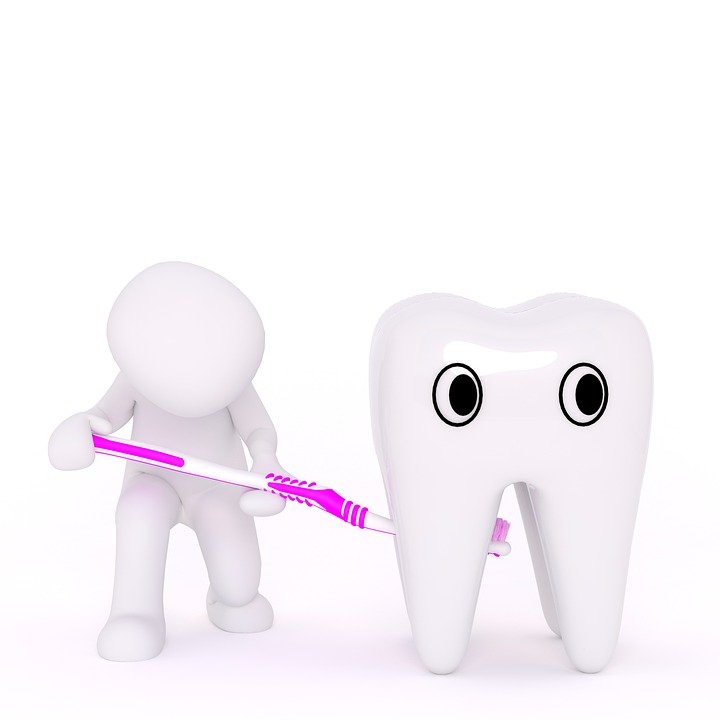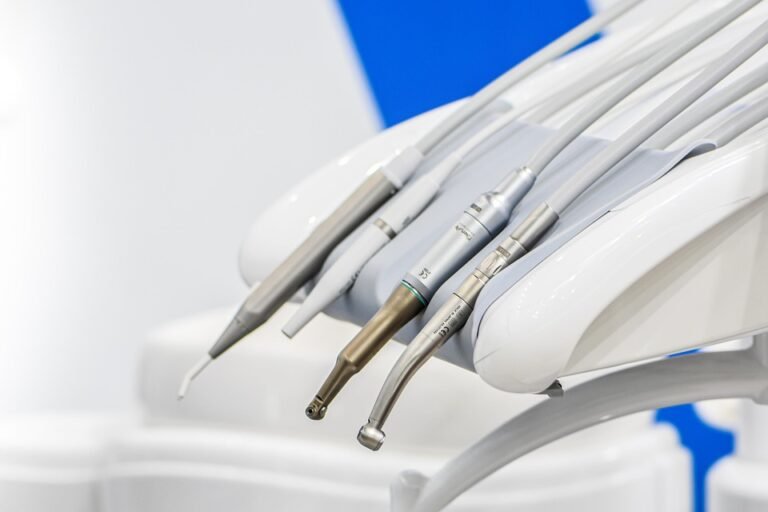How can UX improve the way dental apps present treatment plans
Okay, so I’m a dentist and we’re trying to revamp our patient-facing app. Right now, when we present a treatment plan, it’s basically a glorified PDF shoved into the app. Patients complain it’s confusing, they don’t understand the terms, and honestly, they rarely look at it before they come in, which defeats the purpose of even having it.
I’m really interested in how we can improve the UX of this. What are some specific, actionable UX design principles we can use to make treatment plans in a dental app more engaging, easier to understand, and ultimately, more likely to be reviewed before the appointment?
Specifically, I’m thinking about things like:
- Visual representation: How can we move beyond just text and prices? Can we incorporate diagrams, 3D models, or before-and-after pictures, and how do we make those intuitive?
- Language: How do we avoid using jargon that patients won’t understand? What are some strategies for explaining complex procedures in plain language? Should we have different levels of explanation (a brief overview and then a more detailed explanation for those who want it)?
- Personalization: Can we tailor the presentation of the treatment plan based on the patient’s specific needs and concerns?
- Call to action: How do we encourage patients to actually do something with the treatment plan (e.g., schedule an appointment, ask questions, review financing options)? How can we make these CTAs more prominent and user-friendly?
- Accessibility: Are there specific accessibility considerations we need to be aware of (e.g., for patients with visual impairments)?
- Mobile-first design: Most of our patients will be viewing this on their phones. How do we optimize the experience for a smaller screen?
- Data Visualization: We also have data like perio charting. How can this data be better visualized and explained to the patient, so they can clearly see what’s going on.
Basically, I want to transform our clunky treatment plans into something patients actually want to look at and engage with. What are some UX best practices and examples of successful implementation in other industries that we can adapt for dental treatment plans? What kind of testing or user research should we be conducting to validate our changes?
Answer
UX (User Experience) design can significantly enhance how dental apps present treatment plans, leading to better patient understanding, increased acceptance rates, and improved overall satisfaction. Here’s a detailed breakdown of how UX principles and techniques can be applied:
1. Visual Communication and Information Hierarchy:
- Clear and Concise Language: Avoid dental jargon. Use plain language that patients can easily understand. Explain complex procedures in a way that resonates with a layperson audience.
- Visual Aids (Images, Videos, Animations): Incorporate high-quality visuals to illustrate each step of the treatment plan. These can include:
- Before-and-after photos/simulations: Showcase the potential results of the treatment to motivate patients.
- Anatomical diagrams: Clearly depict the affected teeth or areas in the mouth, providing context for the proposed treatment.
- Procedural videos/animations: Visually explain each step of the treatment, reducing anxiety and increasing comprehension. For example, showing a short animation of how a crown is placed or how an implant integrates with the bone.
- Information Hierarchy and Chunking: Break down the treatment plan into manageable chunks. Use headings, subheadings, bullet points, and white space to improve readability and guide the patient through the information. Prioritize critical information (e.g., cost, timeline, key benefits) to be immediately visible.
- Color Coding: Utilize color strategically to highlight different aspects of the treatment plan, such as urgent procedures or those covered by insurance. Consistency in color usage is key (e.g., always using green for positive outcomes or blue for covered expenses).
- Interactive Elements: Incorporate interactive elements like zoomable images, clickable diagrams, or glossary pop-ups to allow patients to explore specific areas of interest in greater detail.
2. Personalization and Customization:
- Tailored Treatment Plans: The app should allow for the presentation of customized treatment plans based on individual patient needs and preferences. This goes beyond just the procedures themselves; it includes considering things like the patient’s budget, time constraints, and anxieties.
- "What If" Scenarios: Enable patients to explore different treatment options and their potential outcomes (e.g., "What if I choose a bridge instead of an implant?"). This helps them feel more empowered in the decision-making process.
- Prioritization Tools: Provide tools that help patients prioritize treatments based on urgency, cost, or personal goals. For example, a feature that allows them to reorder procedures based on their preferred timeline.
- Progress Tracking: Allow patients to track their progress throughout the treatment plan. This can include appointment reminders, completed procedure checklists, and visual representations of their oral health improvements.
- Communication Preferences: Allow patients to select their preferred communication methods (e.g., email, text message, push notifications) for reminders and updates.
3. Usability and Accessibility:
- Intuitive Navigation: Design a clear and easy-to-use navigation system that allows patients to easily access different sections of the treatment plan. Avoid complex menus or confusing terminology.
- Responsive Design: Ensure the app is responsive and adapts seamlessly to different screen sizes (desktops, tablets, smartphones).
- Accessibility Considerations: Adhere to accessibility guidelines (e.g., WCAG) to ensure the app is usable by individuals with disabilities. This includes providing alternative text for images, sufficient color contrast, and keyboard navigation.
- Search Functionality: Implement a search function that allows patients to quickly find specific information within the treatment plan.
- Offline Access: Consider allowing patients to access their treatment plans offline, especially useful for those with limited internet connectivity.
4. Emotional Design and Trust Building:
- Empathy and Reassurance: Use empathetic language and design elements to address patient anxieties and concerns about dental treatment.
- Doctor Introduction/Profile: Include a brief introduction and profile of the dentist or dental team involved in the treatment. This can help build trust and rapport.
- Patient Testimonials: Showcase positive patient testimonials or reviews to demonstrate the success of similar treatments.
- Security and Privacy: Clearly communicate the security measures in place to protect patient data and privacy.
- Feedback Mechanisms: Provide easy ways for patients to provide feedback on the app and the treatment plan presentation.
5. Payment and Financing Options:
- Transparent Cost Breakdown: Provide a clear and detailed breakdown of the costs associated with each procedure, including insurance coverage and out-of-pocket expenses.
- Financing Options: Integrate information about available financing options, such as payment plans or third-party lenders.
- Payment Integration: Allow patients to make secure payments directly through the app.
6. Integration with Dental Practice Management Systems:
- Seamless Data Transfer: Ensure seamless integration with the dental practice’s existing management system to allow for easy updating and synchronization of patient data and treatment plans.
- Real-Time Updates: Provide real-time updates to the treatment plan as procedures are completed or changes are made.
UX Research and Testing:
Throughout the design process, conduct thorough UX research and testing to validate design decisions and identify areas for improvement. This can include:
- User Interviews: Conduct interviews with patients to understand their needs, preferences, and pain points related to understanding treatment plans.
- Usability Testing: Observe patients using the app to identify usability issues and areas of confusion.
- A/B Testing: Test different design variations (e.g., different layouts, visual styles) to determine which performs best in terms of patient understanding and engagement.
- Surveys: Gather feedback from a larger group of patients through surveys.
By incorporating these UX principles and techniques, dental apps can transform treatment plans from complex medical documents into clear, engaging, and personalized experiences that empower patients to make informed decisions about their oral health. This ultimately leads to improved patient outcomes and a stronger patient-dentist relationship.



